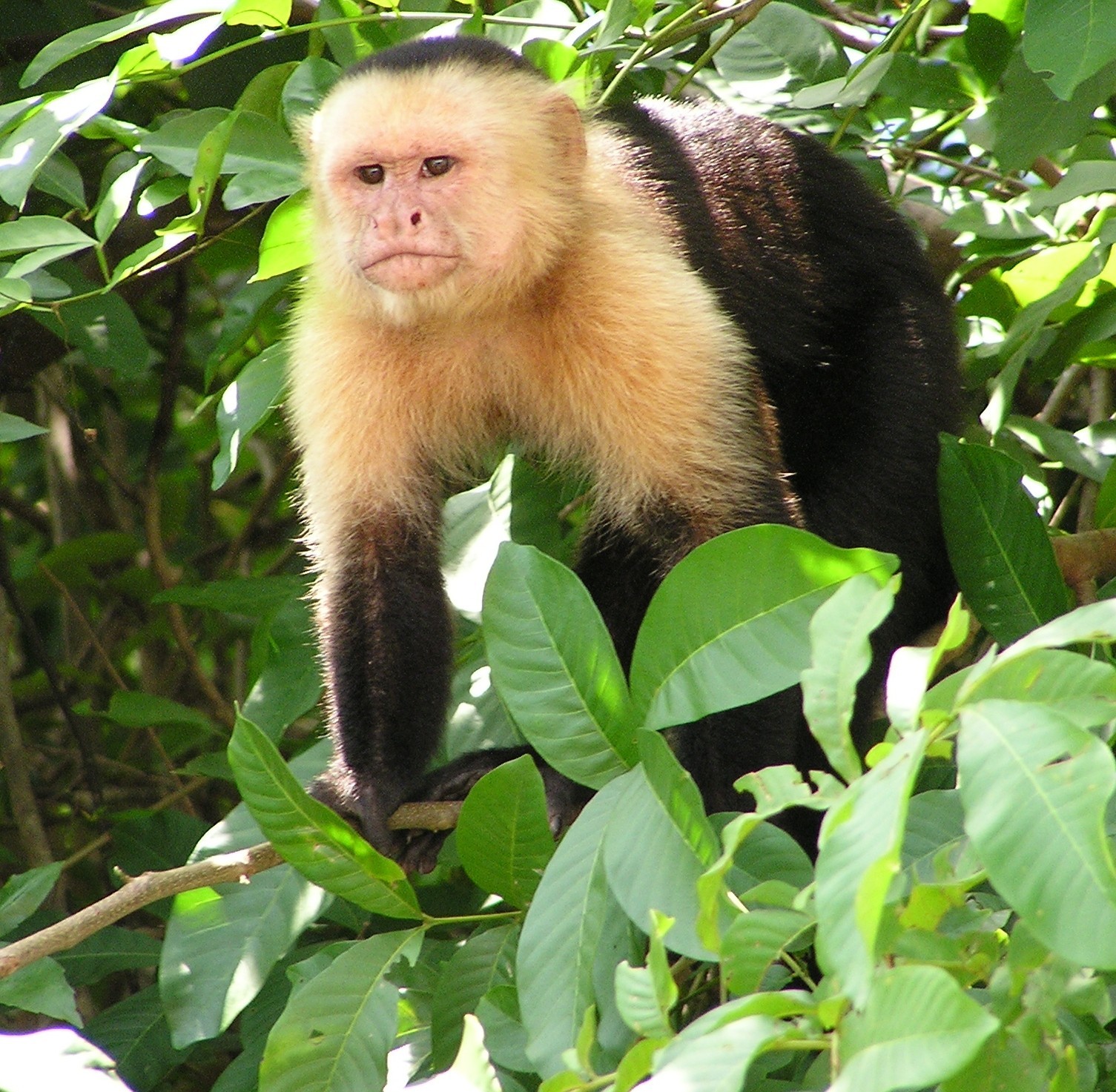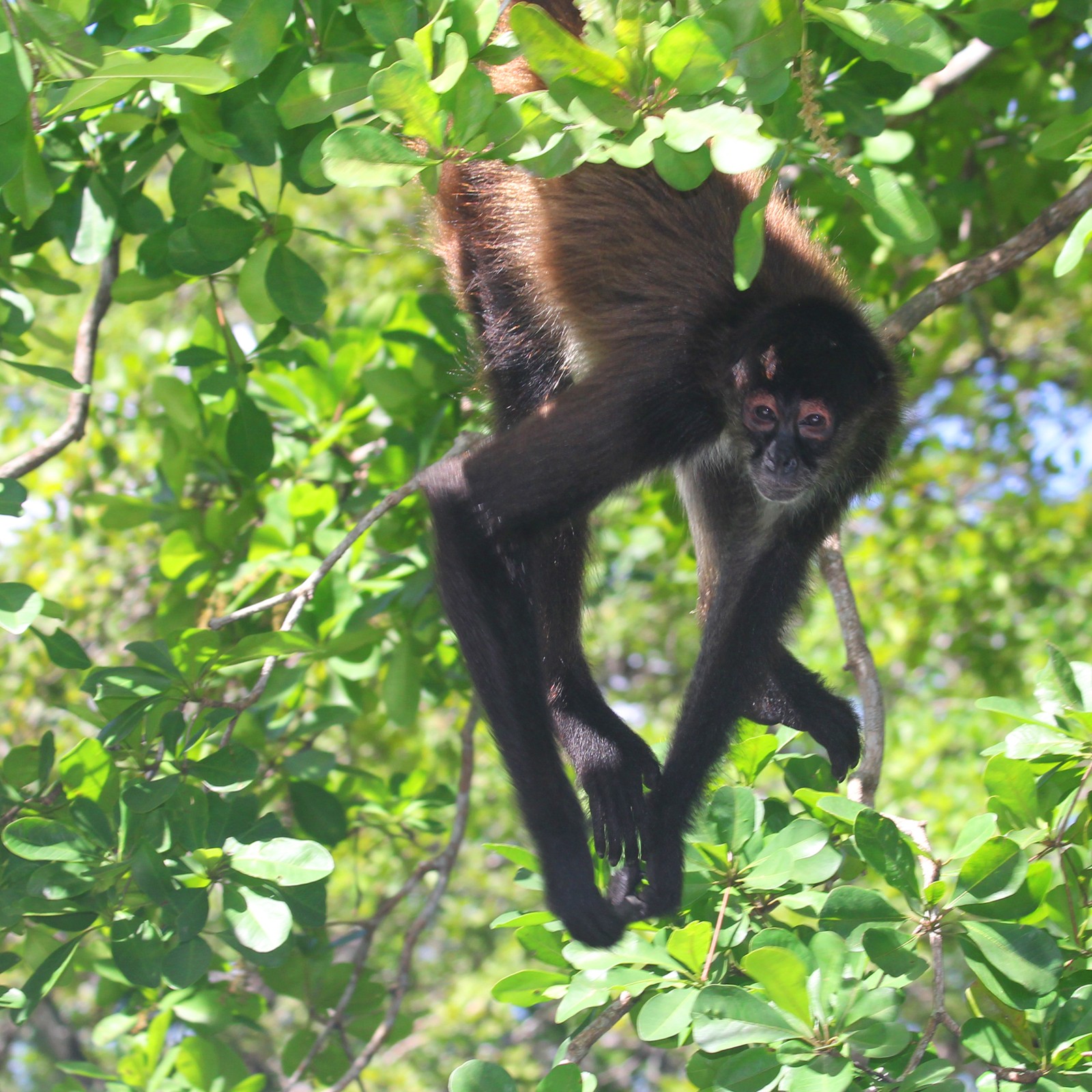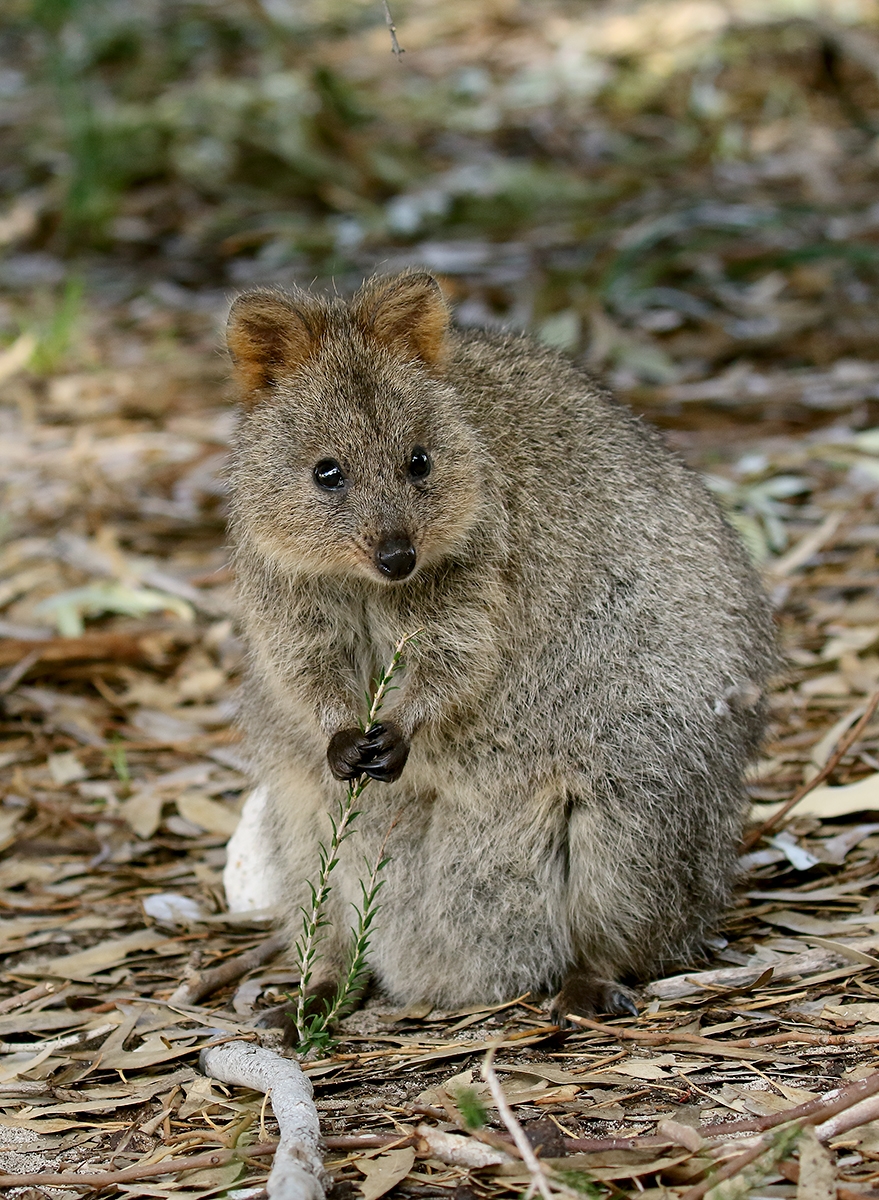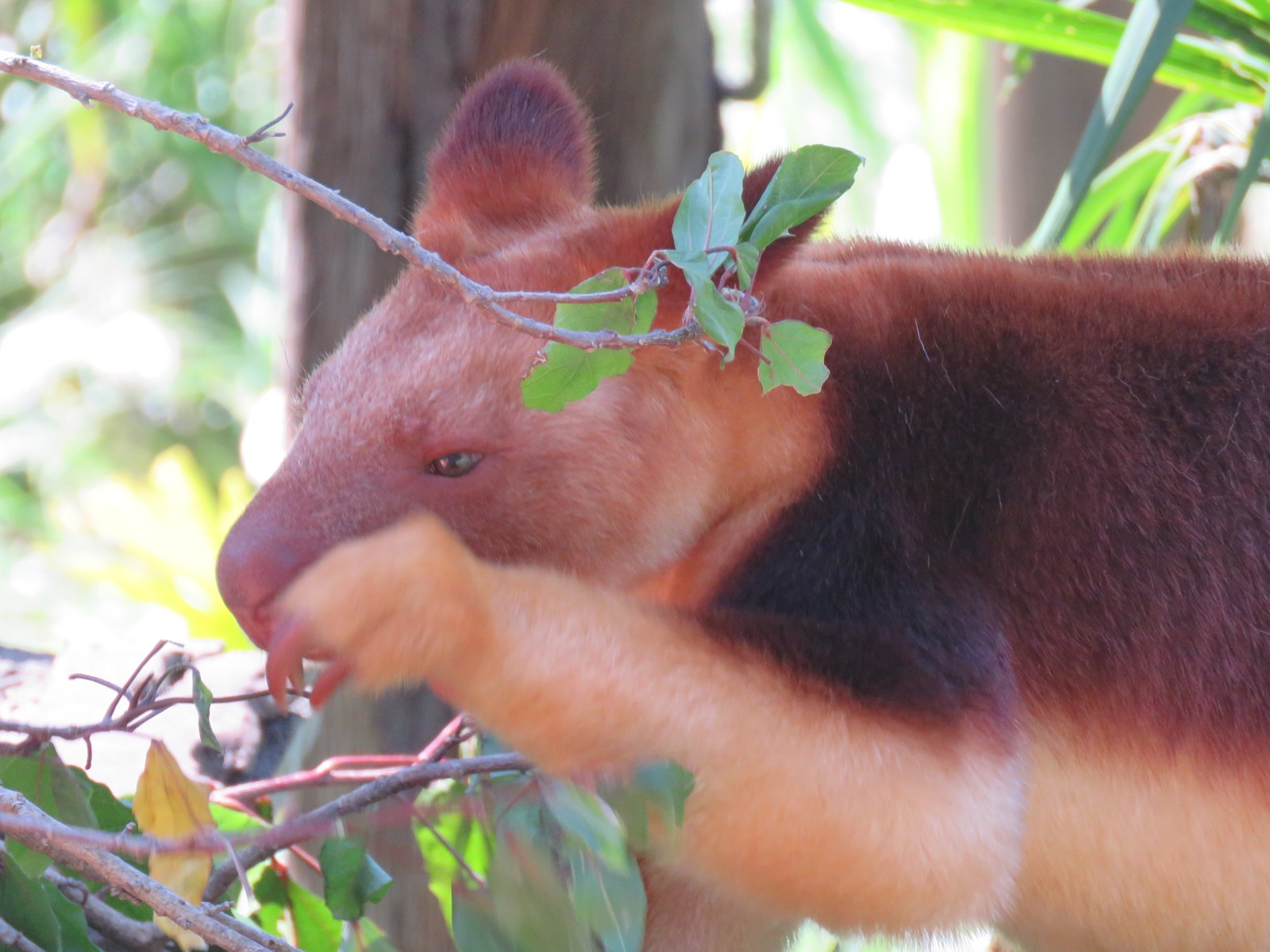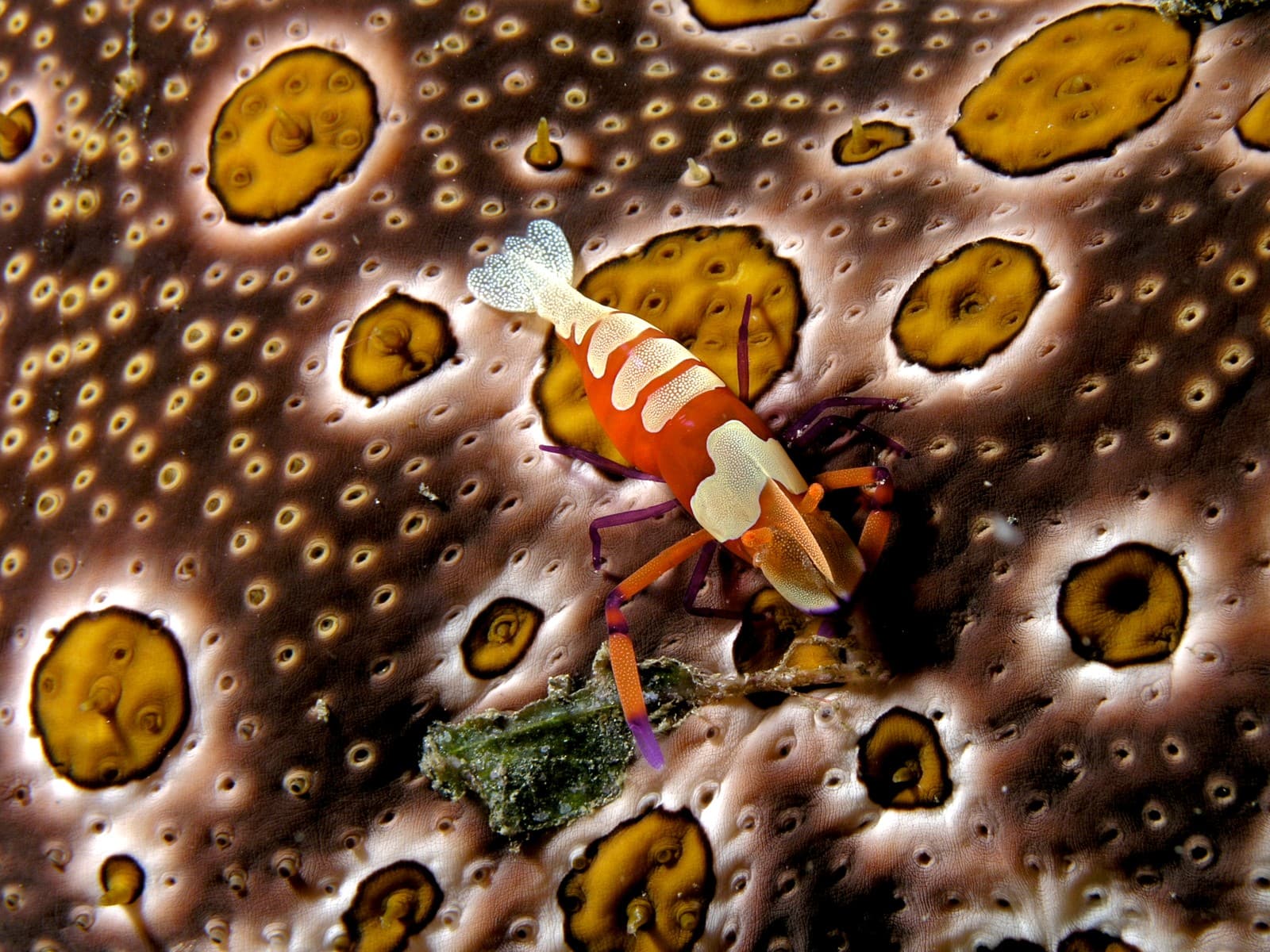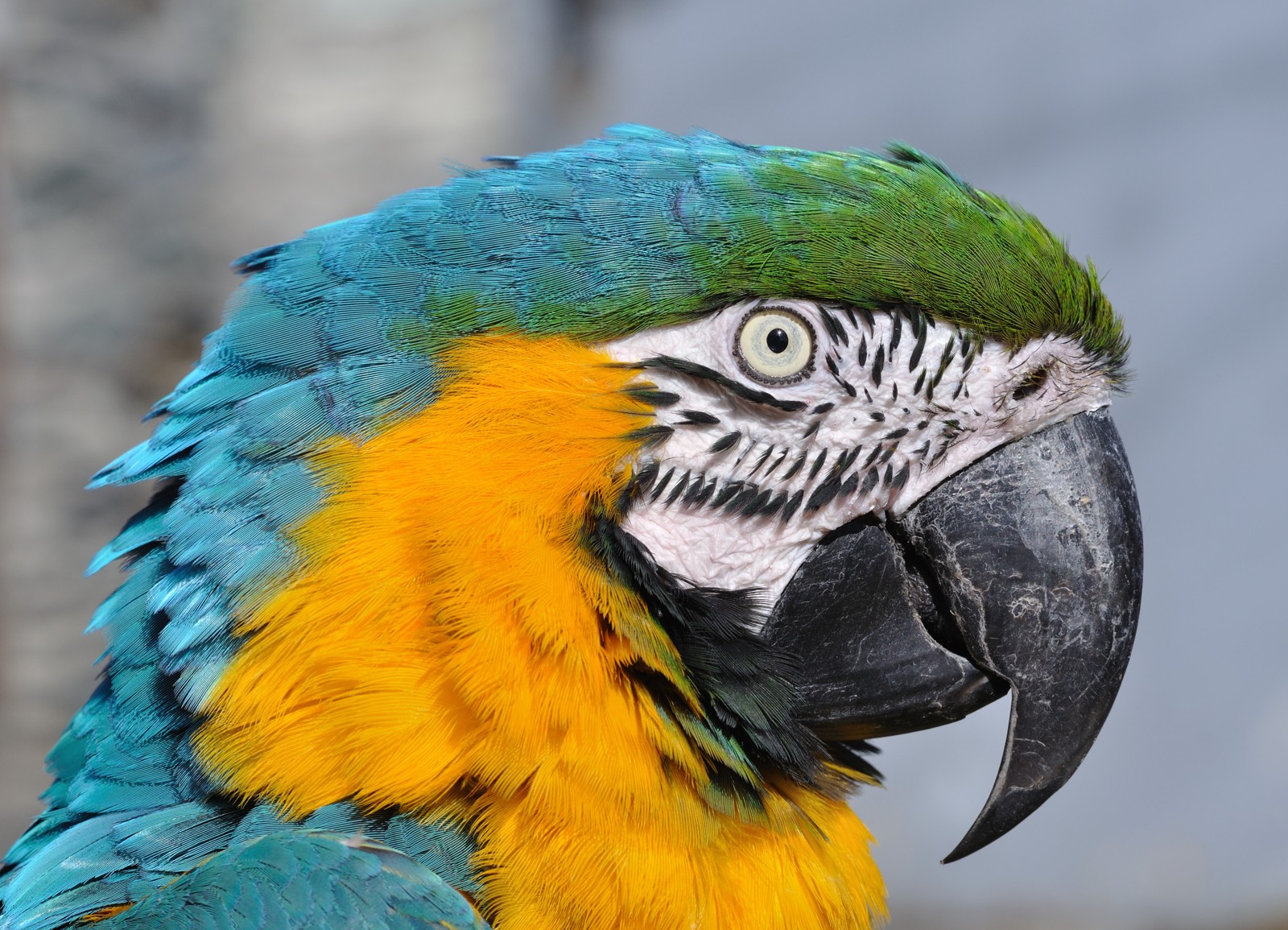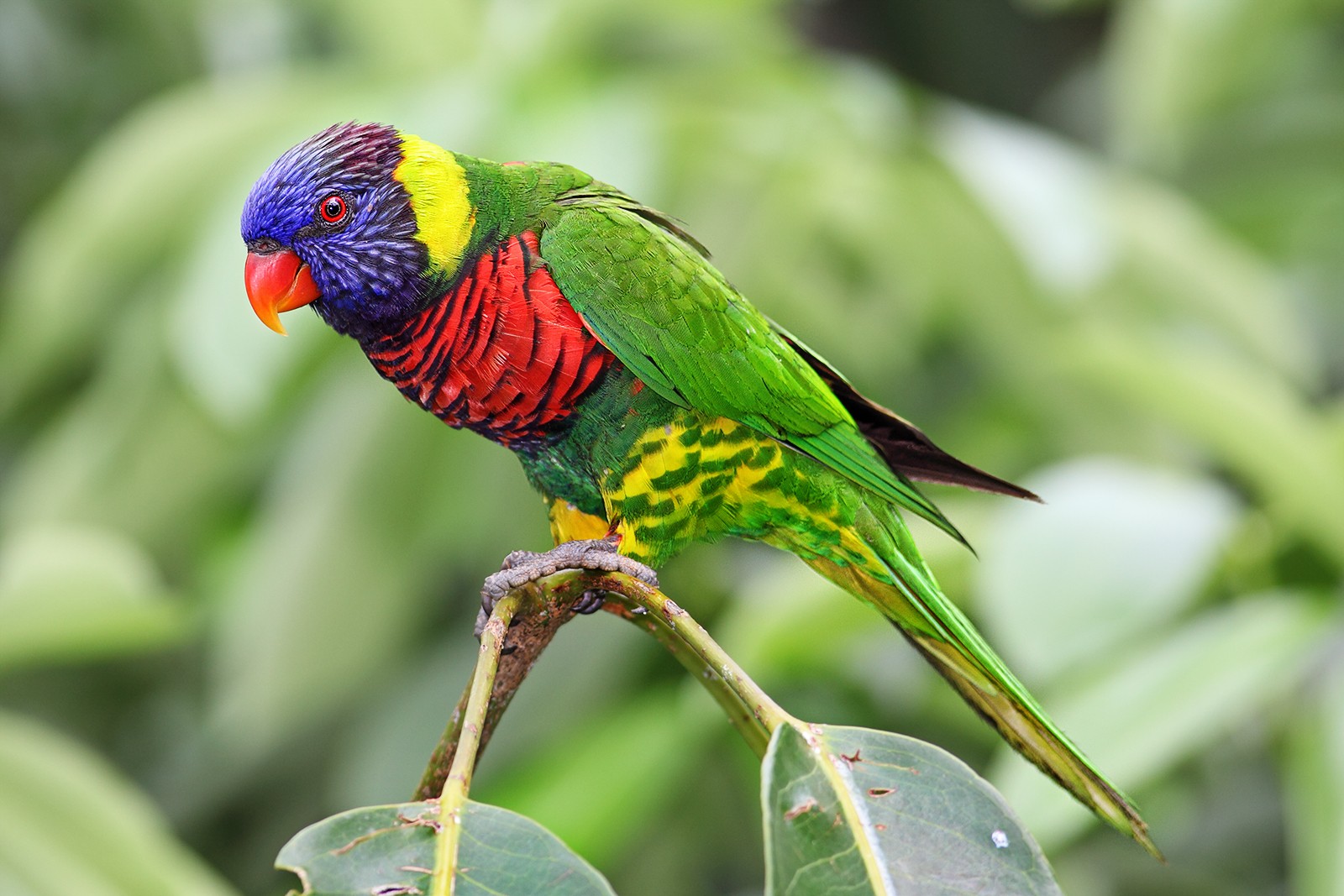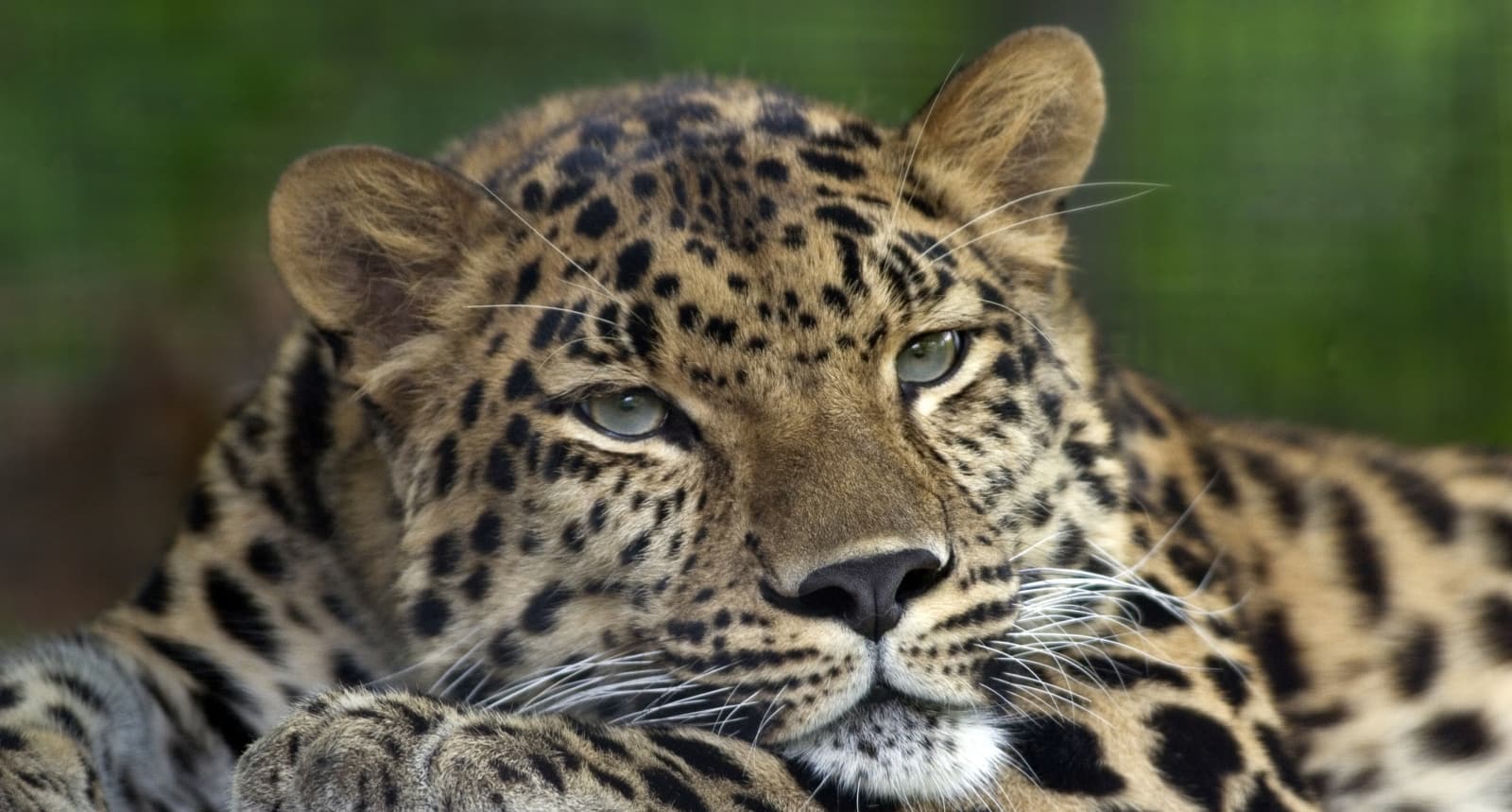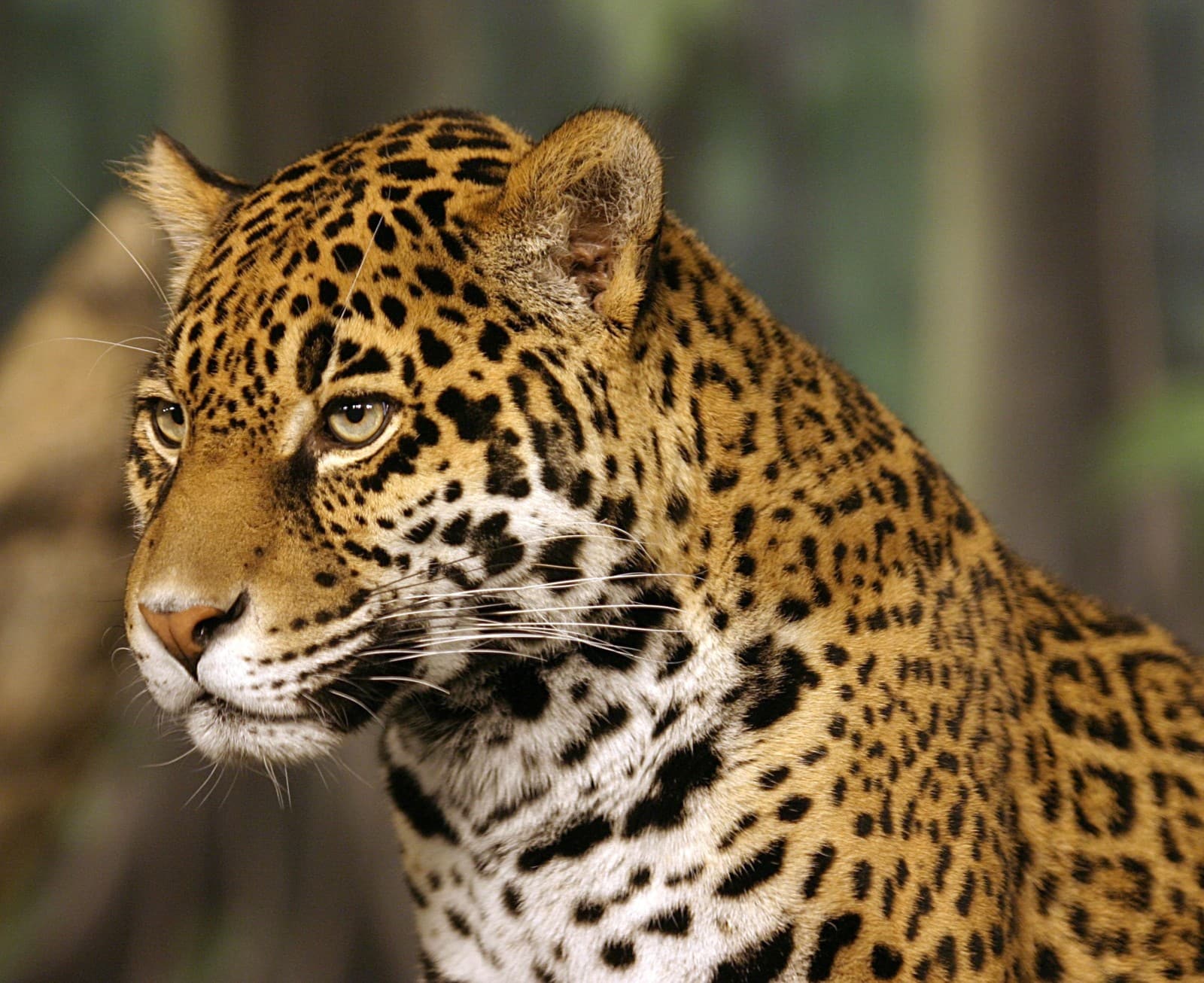Canada Goose vs Snow Goose: A Complete Comparison
When comparing Canada Goose vs Snow Goose, several distinct characteristics set these two North American waterfowl species apart. The Canada Goose (Branta canadensis) is notably larger, weighing 6.6-19.8 pounds (3-9 kg), while the Snow Goose (Anser caerulescens) typically weighs 4.4-6.6 pounds (2-3 kg). Their most striking difference lies in their appearance: Canada Geese sport their iconic black head and neck with white “chinstrap,” while Snow Geese display pristine white plumage with black wingtips.
These remarkable waterfowl species have evolved different migration patterns and feeding strategies despite sharing many northern breeding grounds. Canada Geese have adapted to urban environments and often establish year-round residency, while Snow Geese maintain more traditional long-distance migration routes and show stronger preferences for natural habitats.
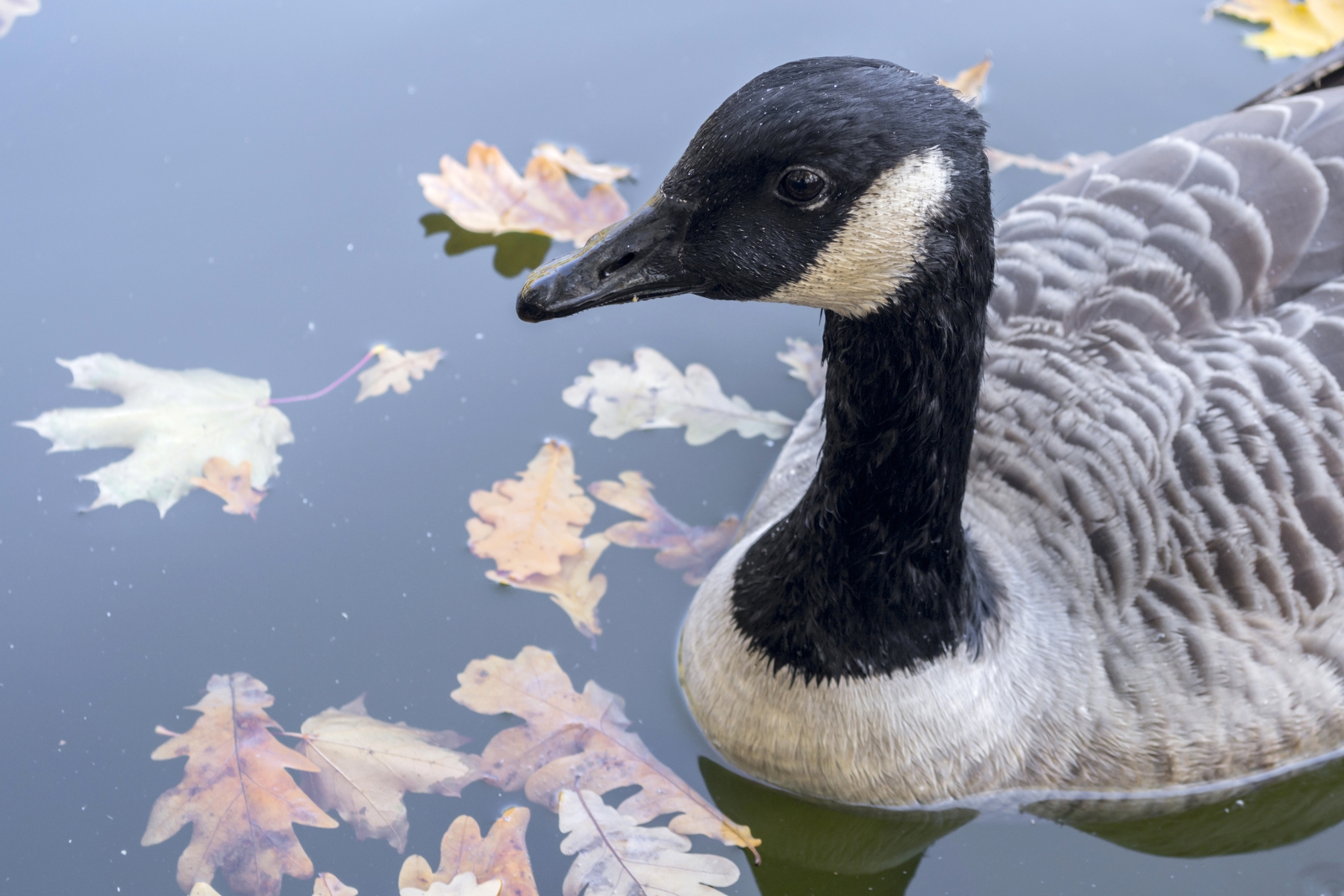
© Lystopad / CC BY-SA 4.0
The Canada Goose displays its characteristic black head and neck with distinctive white “chinstrap” marking, a feature that makes it instantly recognizable among North American waterfowl. This large waterfowl species has successfully adapted to various environments across the continent.
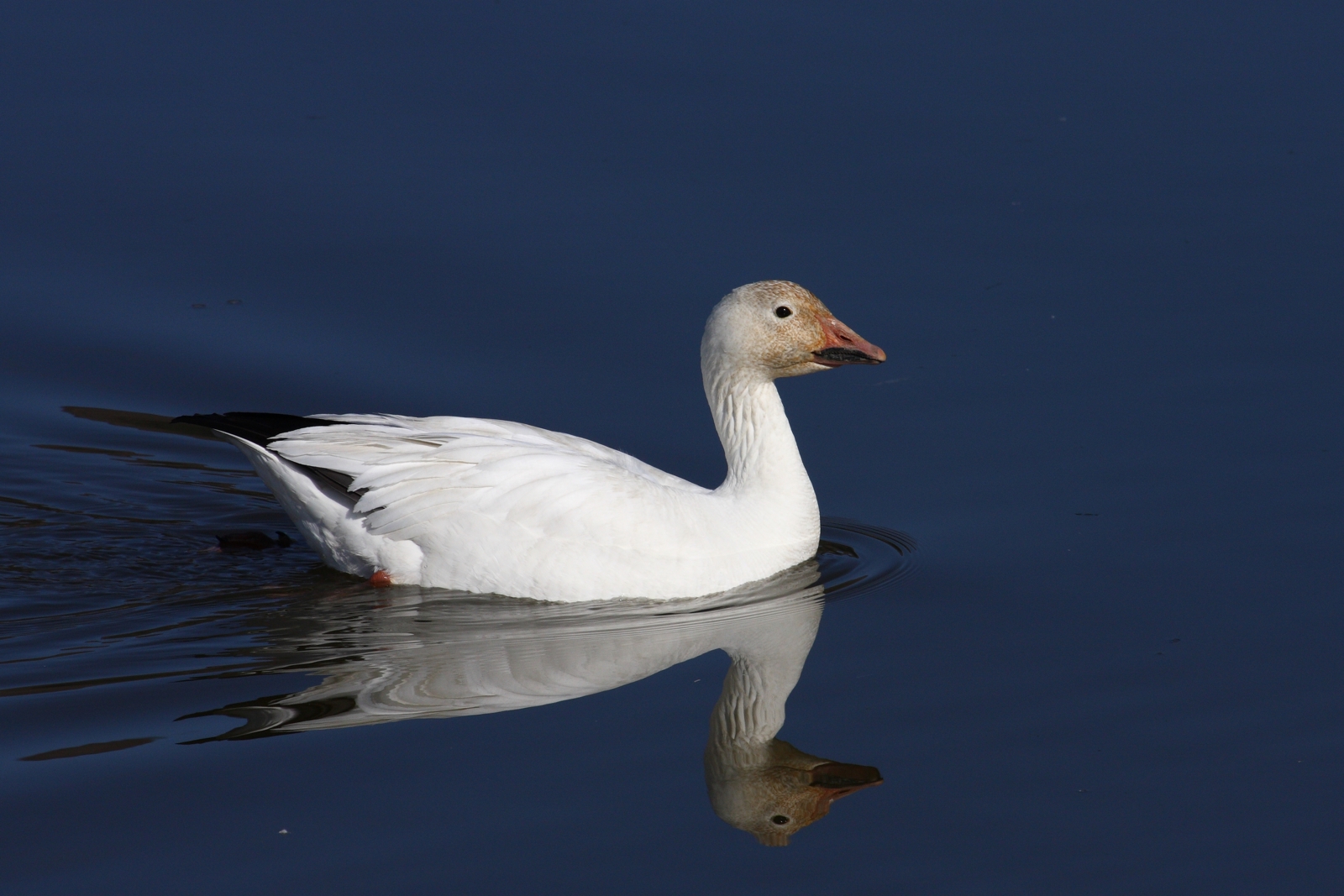
© Cephas / CC BY-SA 3.0
The Snow Goose exhibits its characteristic snow-white plumage with black wingtips, making it a striking sight against any backdrop. This medium-sized goose species maintains strong migratory traditions and often travels in massive flocks during seasonal movements.
Key Differences: Canada Goose vs Snow Goose
| Feature | Canada Goose | Snow Goose |
|---|---|---|
| Size | 30-43 inches (76-110 cm) | 27-33 inches (69-84 cm) |
| Weight | 6.6-19.8 lbs (3-9 kg) | 4.4-6.6 lbs (2-3 kg) |
| Coloration | Black head/neck, brown body | White with black wingtips (also blue morph) |
| Habitat | Urban and wild areas | Primarily wild wetlands |
| Diet | Grass, aquatic plants, grains | Arctic plants, agricultural grains |
| Migration | Variable, some resident | Long-distance migrator |
Habitat and Distribution
Canada Geese have demonstrated remarkable adaptability, establishing populations in urban parks, golf courses, and suburban lakes across North America. Their year-round range has expanded significantly, with many populations becoming permanent residents. In contrast, Snow Geese maintain more traditional migration patterns, breeding in the Arctic tundra and wintering along coastal marshes and agricultural fields in the southern United States and Mexico.
Behavior and Social Structure
Breeding Patterns
Both species form strong pair bonds that typically last for life, but their breeding strategies differ significantly. Canada Geese begin nesting at 2-3 years of age and often return to the same nesting site annually. They produce 4-7 eggs per clutch, with both parents actively defending their territory. Snow Geese start breeding at 2-4 years old and nest in dense colonies on the Arctic tundra, laying 3-5 eggs per clutch.
Feeding Habits
Canada Geese are primarily grazers, feeding on grass, aquatic plants, and agricultural grains. Their strong bills are well-adapted for pulling up roots and stems. Snow Geese employ a more diverse feeding strategy, including “grubbing” - pulling up plants by their roots in Arctic wetlands. During migration, they become efficient grain-field foragers.
Conservation Status and Population Trends
Both species have experienced population growth in recent decades, though for different reasons. Canada Goose populations have exploded due to their urban adaptation and reduced predation pressure. Snow Goose numbers have increased dramatically due to agricultural practices providing abundant winter food sources, leading to concerns about their impact on Arctic breeding grounds.
Who Would Win in a Confrontation?
In theoretical confrontations, Canada Geese typically have the advantage due to their larger size and more aggressive territorial behavior. They average 30% heavier than Snow Geese and possess stronger neck muscles used in defensive displays. However, direct conflicts are rare as these species generally maintain separate feeding and nesting areas.
Conservation Implications
The success of both species presents unique management challenges. Urban Canada Goose populations often require human intervention to prevent conflicts in populated areas. Snow Goose population growth has led to concerns about Arctic habitat degradation, prompting special hunting seasons to help control their numbers.
Through this comprehensive comparison of Canada Goose vs Snow Goose, we can appreciate how these two species, despite their shared ancestry, have evolved different strategies for survival in North America’s changing landscape. Their contrasting approaches to adaptation and migration provide fascinating insights into avian evolution and behavior.
